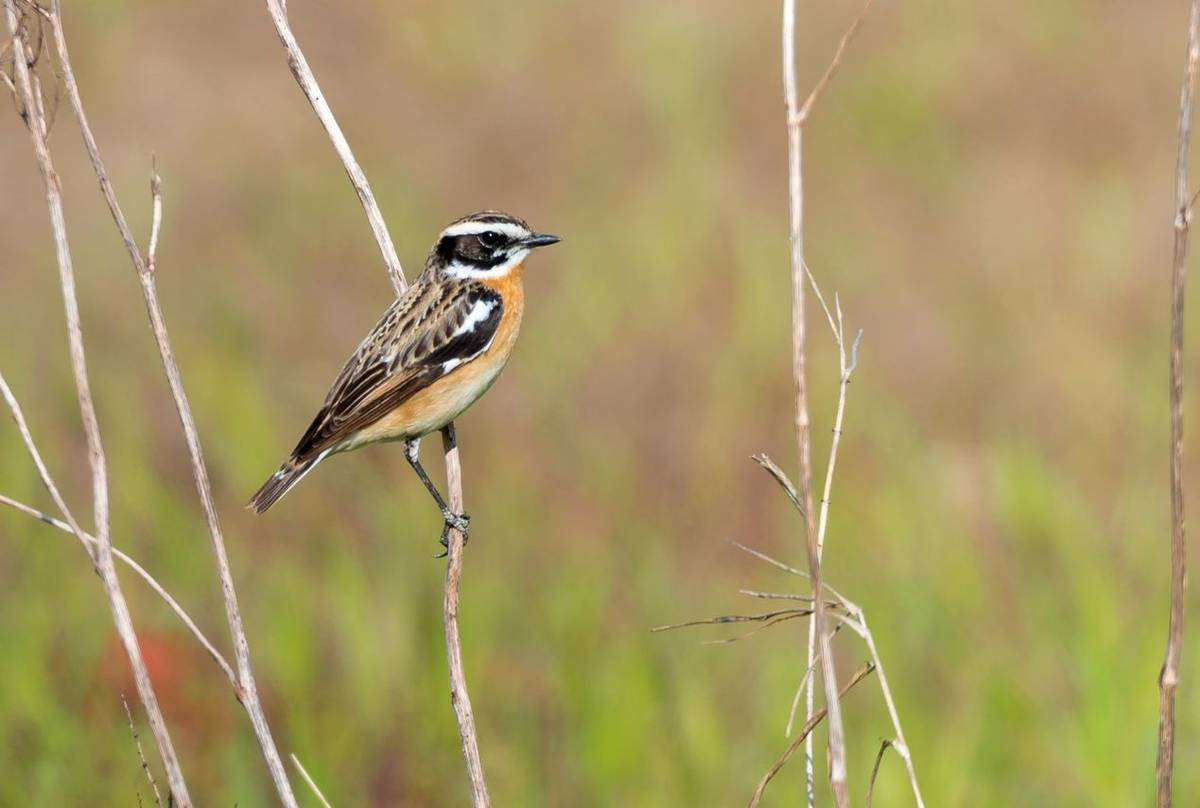


Tour Itinerary and Reports
Can I help you?
The Finest Birding in Kent - Dungeness (Day Trip)
Tour Code: GBR341A day trip in search of migrating birds and other wildlife at Dungeness. Classic spring and autumn birding at Kent's migration hot-spot.
£60
Highlights
Tour Itinerary and Reports
Can I help you?
Quick Enquiry
Summary
Dungeness, located on the southern coast of Kent, is a truly extraordinary landscape. Often referred to as Britain’s only desert, this vast shingle headland is a place of stark beauty and ecological importance. Formed by the natural processes of longshore drift, Dungeness stretches dramatically into the English Channel, its vast expanse of pebbles interspersed with wildflowers, ponds, and scrub. The area’s unique geography has created an ever-shifting environment, where new habitats continuously form, supporting a remarkable array of wildlife.
Renowned as a wildlife haven, Dungeness is a magnet for naturalists and bird enthusiasts alike. Its shingle ridges, wetlands, and reedbeds provide a sanctuary for a wealth of species. In spring and summer, the pinks and yellows of Red Valerian and Broom are ubiquitous while rare plants such as Sea Kale, Yellow Horned-poppy and Nottingham Catchfly bloom amidst the gravel, adding splashes of colour to the landscape.
Dungeness is a legendary birding site. It’s proximity to the continent, jutting out into the Channel, makes it a migration hot spot in both Spring and Autumn. Amongst the many common migrants, a long list of rarities have been found over the years and when conditions are right, there is the potential for over-shooting vagrants from the continent to be found. Late April to early May is the time to look for Pomarine Skuas passing offshore on their way to their Arctic breeding grounds from their winter quarters off West Africa. Good numbers of Gulls, Terns and other seabirds will also be passing through adding to the spectacle. Gravel extraction on the peninsula has left a mosaic of small and large pits of varying depths bordered by drainage dykes and reedbeds which support good numbers of breeding birds and host huge numbers wintering water birds. The reedbeds provide cover for passerines such as Reed and Sedge Warblers in the breeding season and Bitterns in the winter. The RSPB manage many of these pits and we will spend an afternoon exploring this superb reserve.
Dungeness also supports an impressive range of insects, including bumblebees, dragonflies, and rare moths and the gravel pits harbour amphibians and fish, adding to the area’s biodiversity. This is truly a wild and captivating place, shaped by both nature and time.
Whatever time of year you visit, there will be plenty to see at Dungeness.
- Pomarine Skua passage in spring
- Migrant passerines in spring and autumn
- Black Redstart likely
- Spectacular and atmospheric shingle landscape
- Black, Common, Arctic and Sandwich Terns all on passage
- Large numbers and huge variety of waterbirds
- Excellent RSPB reserve
Dates & Prices
2025
Prefer to Travel in a Private Group?
For any interested natural history club or society, we can arrange for a private departure of this tour.
Enquire
Why Naturetrek?
At Naturetrek we craft expertly-guided group and tailor-made wildlife holidays and cruises to all seven continents. On one of our holidays, you can be assured that our passionate team will enable you to experience and enjoy the best of the world's wildlife and natural spectacles in as comfortable and rewarding a manner as possible, caring as best we can for the environment in the process. We are proud to provide:
- The widest choice of wildlife holidays worldwide
- Tours managed and led by naturalists, for naturalists
- Outstanding value and exceptional customer service
Furthermore, as a Naturetrek client, our office team are always to on hand to help you – so if you have any queries about your holiday, whether before or after you have booked, we will be delighted to answer them on the phone. Please just give our team a call!



 Loading search...
Loading search...


















